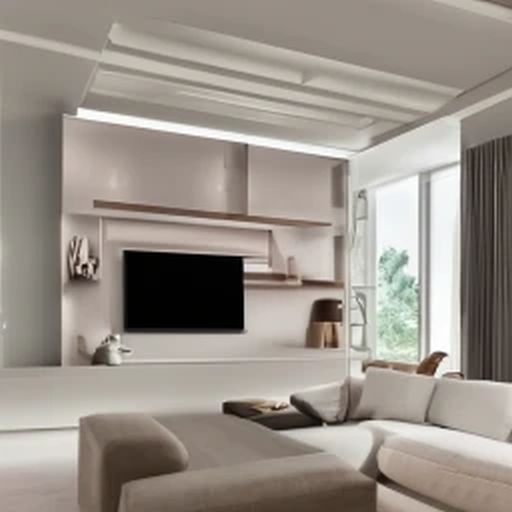Setting up Your Smart Home Automation System: A Step-by-Step Guide to Creating a Smarter Home
With the rise of smart devices and Internet of Things (IoT) technology, home automation has become more accessible than ever before. Smart home automation can help you manage and control your home devices from a single hub, making your life easier and more convenient. In this blog post, we’ll explore how to set up and control your home devices using smart home automation, and how it can benefit your lifestyle.
In recent years, smart home automation has become increasingly popular among homeowners. With the ability to control everything from the lights to the thermostat with the push of a button, it’s no wonder why people are making the switch. However, for those who are new to the concept, it can be overwhelming to know where to begin. In this blog post, we’ll explore the basics of smart home automation, how to set it up, and how to control your home devices.
Setting up Your Smart Home Automation System
Before diving into the world of smart home automation, it’s important to understand the basics of how it works. A smart home automation system consists of several devices that communicate with each other via Wi-Fi or Bluetooth. These devices can include smart bulbs, thermostats, door locks, and more. To get started with your smart home automation system, follow these steps:
- Choose a hub or controller: A hub or controller is the centerpiece of your smart home automation system. It acts as a central point of communication between your smart devices. Examples of popular hubs include Amazon Echo, Google Home, and Apple HomeKit.
- Select your devices: Once you have a hub, you’ll need to select the devices you want to control. This can include smart bulbs, thermostats, security cameras, and more. Make sure the devices you choose are compatible with your hub.
- Connect your devices: Once you have your hub and devices, you’ll need to connect them. This usually involves downloading an app and following the instructions to connect your devices to your hub.
Controlling Your Smart Home Automation System
Once you’ve set up your smart home automation system, you can begin controlling your devices. Here are a few ways to control your smart home devices:
- Voice control: If you have a hub that includes a voice assistant like Amazon Alexa or Google Assistant, you can control your devices using voice commands.
- Smartphone app: Most smart home automation systems come with a smartphone app that allows you to control your devices from anywhere.
- Wall switches: Some smart devices, like smart light switches, can be controlled using a wall switch.
Benefits of Smart Home Automation
There are several benefits to using smart home automation. Here are a few:
- Energy savings: Smart thermostats can help reduce your energy bills by automatically adjusting the temperature based on your preferences and occupancy.
- Convenience: Smart home automation makes it easy to control your devices from anywhere, whether you’re at home or away.
- Security: Smart home security devices, like smart door locks and security cameras, can provide added peace of mind.
Smart home automation has the potential to revolutionize the way we live our daily lives. With the ability to manage and control your home devices from a single hub, you can save time and energy, and create a more comfortable and secure home environment. From setting up your smart home devices to managing them remotely, the possibilities are endless. Whether you’re a tech enthusiast or simply looking for ways to simplify your life, smart home automation is definitely worth considering.




















